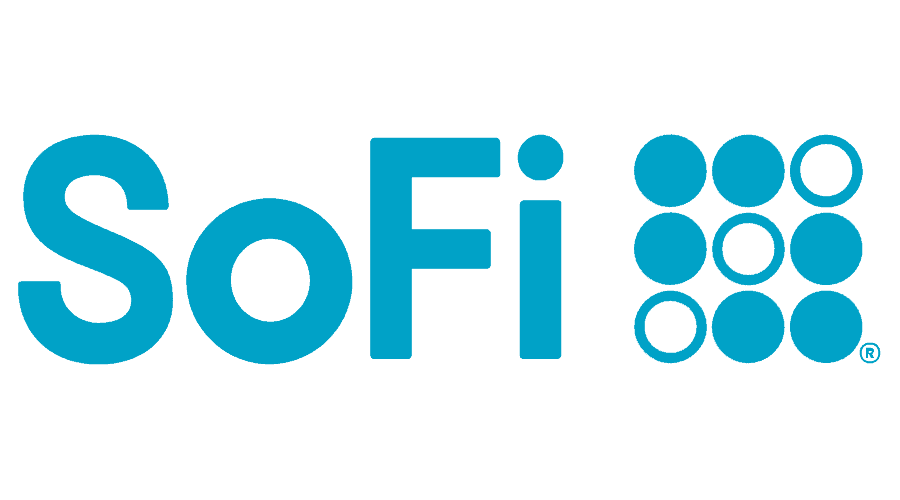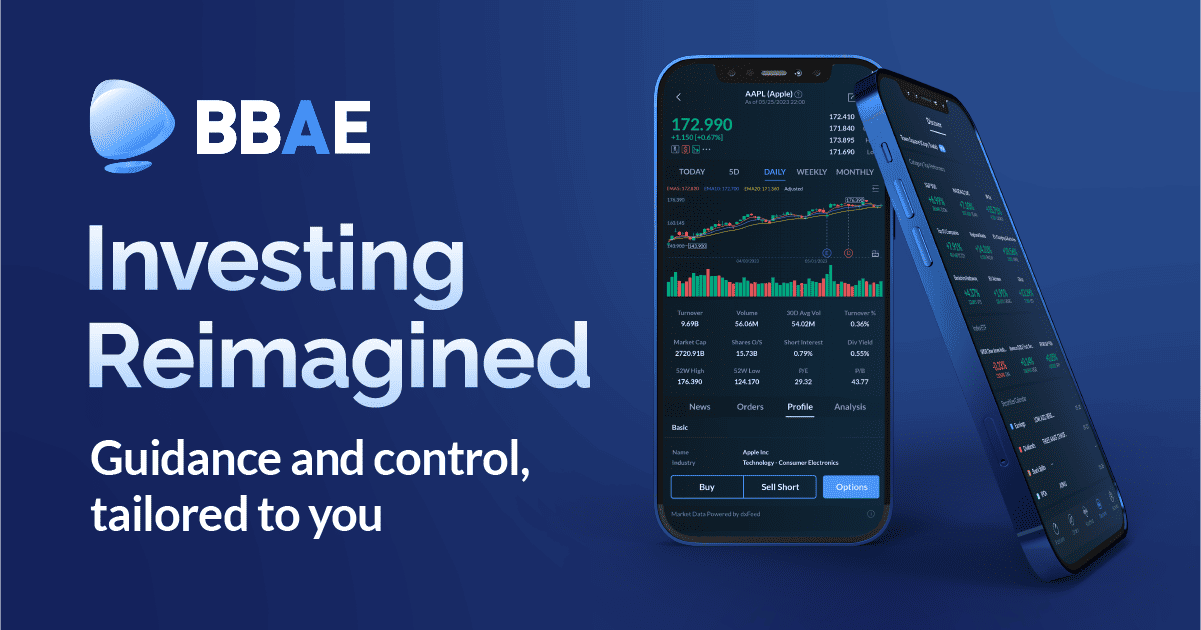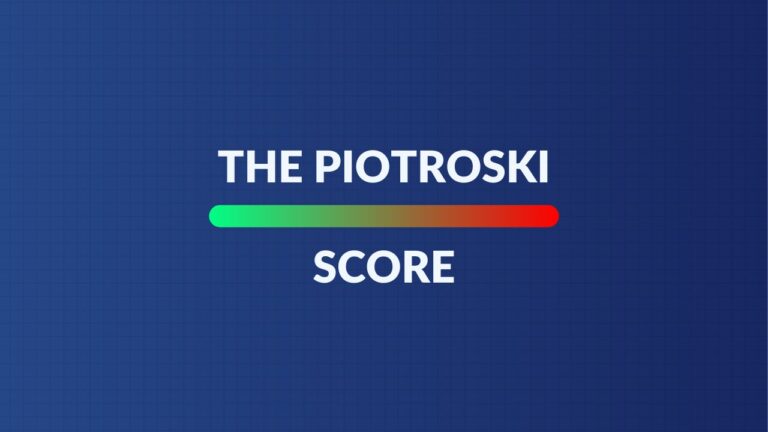SoFi Q4 Earnings Review – January 31, 2024

SoFi is a one-stop-shop for consumer financial services. It aims to provide consumers with excellent products for all major financial services. It further aims to delight them to a point of customers never going anywhere else. That creates key cross-selling and acquisition cost benefits. It owns its tech stack, has no branches and possesses a bank charter, which gives it cost advantages vs. incumbents and fellow disruptors. It also sells its tech stack to customers like H&R Block and Robinhood.
“Despite massive geopolitical and macro events, we had a great year. We’ve shown we can thrive across environments, which reinforced my conviction in SoFi becoming a top ten financial institution.” – CEO Anthony Noto
Demand
SoFi beat revenue estimates by 4.0% & beat its guidance by 3.3%. Its 48.3% 3-year revenue compounded annual growth rate (CAGR) compares to 34.8% as of last quarter and 53.1% 2 quarters ago. It also added nearly 600,000 members vs. its guidance of 500,000+ and added $2.9 billion in deposits vs. its guidance of $2 billion+.


Source: Brad Freeman – SEC Filings, Company Presentations, and Company Press Releases
Margins
- Beat EBITDA estimates by 26% & beat EBITDA guidance by 29%.
- Beat $0.00 GAAP earnings per share (EPS) estimates by $0.02; first positive GAAP EPS quarter as expected.



Source: Brad Freeman – SEC Filings, Company Presentations, and Company Press Releases
*Q3-2023 GAAP net income excludes a goodwill impairment charge stemming from its Technisys acquisition.*
Balance Sheet
- $3.1 billion in cash & equivalents vs. $2.8 billion Q/Q.
- $5.2 billion in debt.
- SoFi added $334 million in tangible book value growth for 2023 and is gearing up to accelerate that growth to $400 million in 2024. Tangible book value now sits just under $3.5 billion. Its price to next 12 month tangible book multiple sits at 2.3x.
- Usage of warehouse credit continues to fall further and further below 50% as it shifts to deposit-funded lending. It’s using about $3.3 billion of its $9 billion in warehouse capacity vs. $4 billion Q/Q.
- Loans held for sale fell from $21 billion to $15.4 billion Q/Q via sales and a student loan reclassification discussed below.
- Deposits rose by 18.8% Q/Q vs. 23.3% last quarter & 25.9% 2 quarters ago.
- Share count rose 4.9% Y/Y for 2023. This must slow, and it will slow as stock comp intensity continues to fall, it moves away from M&A and distances itself from the IPO.
Guidance
Next quarter guidance was a bit light across the board. That would have concerned me if it weren’t for the rest of the guidance that it gave. For the full year, SoFi:
- Missed revenue estimates by 1.3% at most (gave an “at least” growth target).
- Beat EBITDA estimates by 4.5%.
- Beat $0.05 GAAP earnings per share (EPS) estimates by $0.025.
- Non-lending to be 50% of revenue vs. 38% Y/Y.
Annual guidance seems overly conservative to set up more outperformance. It assumes -2.5% Y/Y GDP growth, 4 rate cuts, 5%+ unemployment and a “very conservative view of the lending market.” This is a far more conservative 2024 view than large banks like BofA are taking. BofA sees a soft landing.
Encouragingly, it gave impressive 3 year targets as well:
- It sees revenue compounding at a 3-year clip of 22.5% vs. consensus expectations of 17.6% Y/Y growth. Strong.
- It sees EPS reaching $0.67 in 2026 vs. consensus expectations of $0.45. Strong again. It also sees 20%-25% EPS compounding beyond 2026. This puts it at a PEG ratio of 0.6x using assumed net income growth rates from 2024-2026.
- The tech platform is expected to compound revenue at about a 25% Y/Y clip.
Long term targets should always be taken with a large grain of salt. Still, this team has a history of exceeding long term targets despite unforeseen headwinds. Based on 2024 guidance, SoFi trades for 18x EBITDA and about 120x GAAP EPS. EBITDA is expected to grow by 35% Y/Y and EPS is expected to compound at a multi-year clip in excess of 120%.
Call & Release Highlights
Credit Health & Performance:
This section could easily be the entire earnings review for SoFi. Continued credit health is imperative for its financials, its access to capital market funding, and its ability to maintain balance sheet flexibility to allow it to keep originating more loans. Pristine credit performance is simply paramount to SoFi’s success. Here’s how it’s going:
The quality of its borrower remains excellent. Its average personal borrower earns $171,000 per year with a FICO score of 744. Its average student borrower earns $154,000 per year with a FICO score of 781. Affluent borrowers are less prone to credit deterioration during the less fun pieces of macro cycles – like Q4 2023.
As a result of its borrower quality, its 90 day personal lending delinquency rate stayed below pre-pandemic levels at 0.58% vs. 0.48% Q/Q. Its annualized personal loan net charge off rate remained below pre-pandemic levels and better than expected at 4.0% vs. 3.44% Q/Q. 4.0% represents a life of loan loss rate still roughly 140 bps below its 7%-8% target, which it does expect to reach in the first half of 2024. It has told us this time and time again about the credit book overall.
Vitally, it sees losses peaking at this 7%-8% target, but not breaching it. That’s what it’s directly observing in its underlying metrics and also has losses rolling off the book in the near future, which will help. This expectation of a peak is despite assuming -2.5% Y/Y GDP growth and unemployment passing 5% in 2024. If macro turns out to be better (likely), its results will be better too.
For student lending, the 90 day delinquency rate improved from 0.14% to 0.13% Q/Q while its net charge off rate worsened from 0.38% to 0.59% Q/Q. This is still below its target losses. SoFi expects its credit metrics to continue outperforming industry peers as those metrics normalize back to pre-pandemic levels (again 7%-8% life of loan loss rate target).
Fair Value Credit Markings and Capital Loan Sales:
Fair Value Assumptions are as follows:
- Personal loans – 13.8% coupon vs. 13.7% Q/Q; 4.8% annual default vs. 4.6% Q/Q; 23.2% prepayment rate vs. 20.3% Q/Q; 5.5% discount rate vs. 6.6% Q/Q as the benchmark rate fell from 5.0% to 4.1% Q/Q.
- Student loans – 5.6% coupon vs. 5.3% Q/Q; 0.6% annual default vs. 0.5% Q/Q; 10.5% prepayment vs. 10.5% Q/Q; 4.3% discount rate vs. 4.8% Q/Q as the benchmark rate fell from 4.5% to 3.6% Q/Q.
Notably, the rise in fair value did not contribute to its financial outperformance, as gains were offset by mainly its hedging program. One of the hot debates around SoFi is the validity of its loan marking (or valuing) process under fair value accounting. As its benchmark discount rates fell Q/Q, its markings increased for both personal and student lending. Its student loan marking rose from 101.5% to 103.8% Q/Q. For personal lending, it rose from 104% to 104.9%.
The clearest sign of valid markings is selling credit into capital markets at gain on sale margin above those markings. Like last quarter, that happened during this period. It placed $500 million in personal loans through whole loan markets at a 105.6% gain on sale margin. This was structured identically to its $375 million Blackrock securitization deal, which closed this quarter too. There’s a small loss sharing agreement well below expected actual losses; a large chunk of the premium will be earned via servicing. This way, SoFi will enjoy an even larger lifetime value from the sale. It does whatever it can to maximize returns while it has the balance sheet flexibility that it enjoys. It closed $1.2 billion in total loan sales during the quarter ($350 million more in home loan sales). It’s negotiating more credit deals as we speak.
More on Balance Sheet Flexibility & some lending demand metrics:
SoFI reclassified about $2.5 billion in student loans as held for investment vs. held for sale previously. This was due to its intention to hold to maturity “given attractive returns vs. pricing trends.”
This was a primary driver in its risk-based capital ratio improving from 14.5% to 15.3% Q/Q (10.5% regulatory minimum). It also repurchased some convertible bonds trading at a discount to bolster its ratio even more. This added $14.6 million (less than a penny) to its GAAP net income. 15.3% gives it more capacity to originate while tangible book value growth, loan sales and loan amortization help further. Expect more savvy (and fully by-the-book) accounting moves like this one to optimize capital structure over time. It has a degree of autonomy in controlling the flexibility of its balance sheet and will use that to its advantage.
All of this gives it the ability to originate $18 billion to $20 billion in new loans for 2024. It intends to originate less based on what seem to be overly prudent macro assumptions baked into its 2024 guide. Its credit parameters have tightened even further as a result of this prudence. This company will not chase anything but the highest quality revenue in credit. That’s why numbers have looked so good through a nasty cycle.
The beginnings of this lower lending growth environment showed up this quarter. Personal lending originations rose 31% Y/Y, but fell 17% Q/Q. Student lending originations rose 100% Y/Y and fell 14% Q/Q. The same pattern played out for home lending too. It expects lending to continue making up a smaller and smaller portion of its business in 2024.
As an important, final lending aside, 72% of its lending revenue comes from net interest income vs. 40% Y/Y. This is more visible in terms of revenue generation vs. relying on more origination growth or loan referrals in Lantern.
Credit Cost of Capital & Deposits:
SoFi continues to rapidly add deposits. This past quarter, it added $2.9 billion, which allowed it to reduce its warehouse credit usage by another $700 million. Deposits remain high quality with an average depositor FICO of 744. These depositors (90%+ of which are direct deposit customers) are the source of its nearly 300% Y/Y growth in debit interchange revenue. That’s the perk of being a one stop shop and connecting those deposits to dozens of other products. Notably, its rate earned on interest-bearing assets rose faster Q/Q than the rate paid on liabilities like deposits for the first time in a while.
It pockets an extra 218 bps in profits from switching to deposit-funded loans vs. warehouse-funded. This is also helping its net interest margin continue to rise from 5.99% to 6.02% Q/Q as cost of capital and coupon pricing power tailwinds offset yield paid on savings accounts. Mix shift to deposit-funded credit is fully expected to continue with its balance sheet in good shape.
Financial Services:
The profit inflection within this segment, while maintaining rapid growth, has been remarkable to watch. We’re just a handful of quarters removed from the segment’s contribution margin being worse than -100%. Last quarter it barely broke even. This quarter? It reached 18%. Not a typo. This is despite continuing to intentionally incur losses with newer credit cards and invest products to support a larger long term opportunity. Translation? 18% isn’t even remotely close to the ceiling here. It can be much higher today, but the company wants to balance margins with continued rapid growth.
- SoFi Money customers rose 54% Y/Y.
- SoFi Relay customers rose 74% Y/Y.
- Financial services revenue rose 119% Y/Y.
- Revenue per product rose 48% Y/Y.
- The annualized incremental contribution margin for the segment was over 90%. Not a typo.
- One quick note on just 10% Y/Y invest product growth. This was materially hit by exiting its crypto business. Ex-crypto, Y/Y growth was 22% with assets under management rising 54% Y/Y.
The Tech Platform:
The transition in its approach to chasing larger customers was called “complete.” The tech platform’s growth acceleration from 6% Y/Y to 13% Y/Y vs. last quarter was powered by existing customer growth as well as some of the new wins beginning to translate into revenue. Demand across traditional banks, non-financial institutions and also the federal government was called strong.
Margins:
GAAP net income has arrived. I guess incremental margins matter, after all. Who could’ve thought… you know besides me, fellow SoFi bulls and common sense more broadly speaking. This inflection is fully expected to continue as the 2024 GAAP net income guide was a full 50% ahead of consensus. Cost leverage is coming from some of my favorite places. Sales and marketing continues to briskly fall as a percent of revenue while stock comp fell from 16% of sales to 12% Y/Y on its way to it falling into the “single digits.”
- I’m elated to not be using adjusted EBITDA to value this bank anymore. But still, its incremental EBITDA margin for the full year was a robust 54%. This helped it reach its 30% EBITDA margin target this quarter. I didn’t expect this to happen for at least a year.
- Noto told us that “long term EBITDA margins could be greater than 30%.”
- SoFi Bank reached a 16.8% annualized return on tangible common equity in Q4.
- SoFi Bank reached a GAAP net income margin of 27% for Q4 2023.
Take
Time to get a little personal amid this wildly satisfying quarter. SoFi is the most polarizing name that I own. It’s the name where bear cases are most abundant, loud and often irrational. It’s the name where hedge fund veterans tell me I should “stick to tech stocks” because I don’t understand banks. I guess my grad degree, capital market experience & work for a registered investment advisor didn’t mean nothing after all. I guess the hours upon hours I spent researching this bull case and its risks in their entirety didn’t mean nothing after all. I guess I shouldn’t “stick to tech stocks” after all. I worked tirelessly to publish everything needed to understand this complex stock in an expedited manner. I hope you found that as valuable as I found it for myself. The stock will do what it will do. The company is on an immensely attractive path. The results and long term guidance make that crystal clear. Congrats to bulls. Congrats to us. I am grinning ear-to-ear.











